New technique encrypts materials by altering levels of carbon-13 at regiospecific atoms
A scientist from the US has put forward a new approach to encode a molecule with 13C. He says the technique can mirror the complexity of Rivest-Shamir-Adelman (RSA) encryption – an algorithm that encrypts credit card details during online transactions.
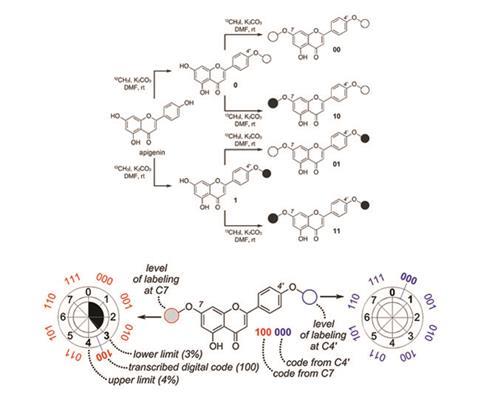
James La Clair, from the Xenobe Research Institute, demonstrated his encryption method by hiding a digital code within the natural product apigenin then applying it to a paper document. He created a molecular two-digit system by methylating the C-4’ position in apigenin using either 12C or 13C and then methylating the C-7 position with either 12C or 13C. The complexity of the encryption can be increased further by mixing the four isotopically labelled 4’,7-dimethylapigenins in different amounts. Each mixture will have a different digital code. The code can be deciphered by analysing the ratios of the characteristic NMR peaks caused by the different 4′,7-dimethylapigenins.
La Clair suggests that the technique could serve as an anti-counterfeiting tool.
References
This article is free to access until 10 April 2017
J J La Clair, Chem. Commun., 2018, DOI: 10.1039/c8cc00080h
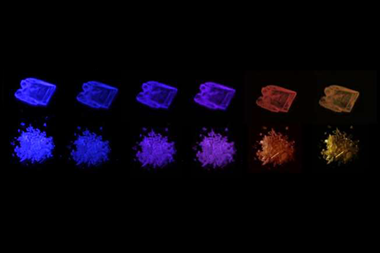
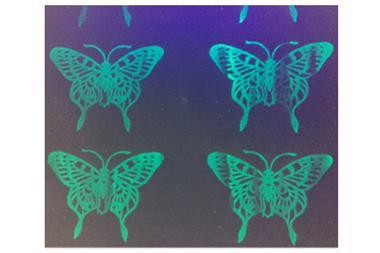
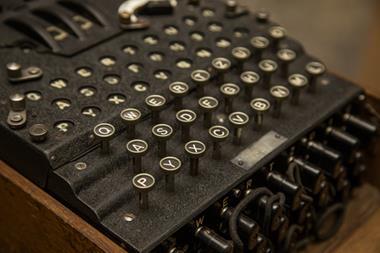
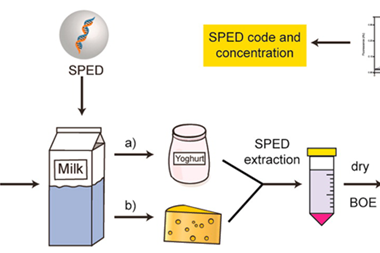








No comments yet